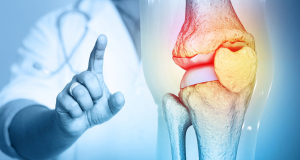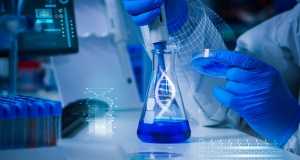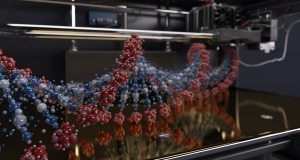
Sahar Jadidi
Magnesium-Based Bioresorbable Implants: A Paradigm Shift in Orthopedic Regeneration
The evolution of orthopedic implants has long been driven by the need for materials that balance mechanical support with biological compatibility. Traditional metallic implants, such as titanium and stainless steel, provide robust structural integrity but often necessitate secondary surgeries for removal and can impede natural bone remodeling due to stress shielding. Magnesium (Mg)-based bioresorbable implants represent a transformative alternative, leveraging the element’s inherent biocompatibility and degradability to support bone regeneration while eliminating the need for explantation.
Kinematic Alignment vs. Mechanical Alignment in Total Knee Arthroplasty
How self-healing biomaterials can revolutionize orthopedic prostheses
Advancements in Orthopedics through Industry 4.0 Technology
4D Bioprinting and its Applications in Orthopaedics
Bio metamaterials for orthopedics
Bone screws in orthopedic surgery
Bone screws are fundamental components in orthopedic surgery, essential for stabilizing and fixating bones. They play a crucial role in various procedures, from fracture repair to spinal fusion and joint reconstruction. This guide provides an in-depth overview of bone screws, including their types, materials, applications, considerations, complications, and innovations.
Warning: count(): Parameter must be an array or an object that implements Countable in /home/cp56874/public_html/templates/sahar-jadidi/html/com_k2/default/user.php on line 260






